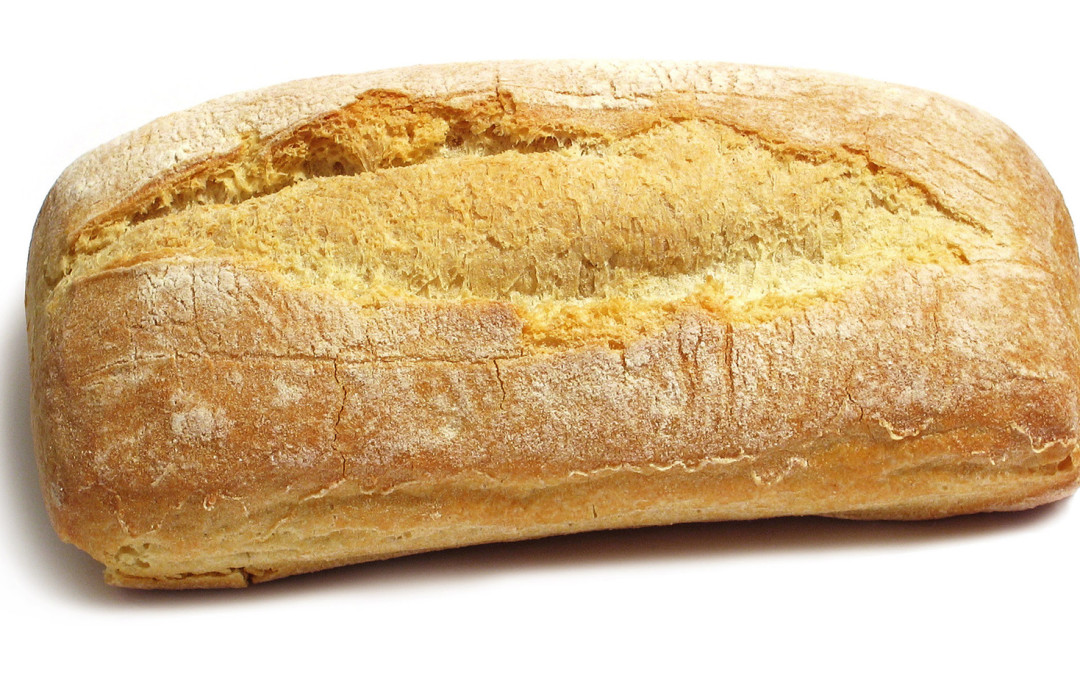Unless you’re baking your bread from scratch every few days (and if you are, try our Irish soda bread recipe!), you’re probably picking your bread up from a local bakery or a supermarket. And if you’re like us, a day or two in the pantry and you’re facing either a moldy loaf or a stale piece of bread. Bread isn’t terribly expensive, but it’s still a drain having to throw out an otherwise perfectly good loaf because it’s gone bad.
There are things you can do to extend its shelf life, though. If you’re baffled by how to keep bread fresh for longer, here’s a few tips to help you out.
How to Keep Bread Fresh
If mold is what you’re battling, then changing the environment is going to play the biggest role in making sure you keep your bread fresh. Mold can creep up on anything, given that it’s product of a warm temperature and moisture. The first thing to take note of is where you’re actually storing your bread loaves. Storing on a counter is ok, so long as it’s not near any type of appliance that generates heat. Think: the refrigerator, the stove, the dishwasher, etc. These types of appliances can overheat counters and the surrounding areas and significantly increase the temperature of anything around it – including food.
Next, if you’re using a bread box or any other type of storage container, make sure it isn’t made of plastic, which traps moisture inside and can create a pretty unfavorable environment for bread. Find a cool, dry place to store bread loaves, like a side counter. And don’t think that storing your bread in the fridge is a good idea – it’s not. The coolness of the refrigerator actually makes bread turn stale more rapidly.
If it’s not mold that’s ruining your bread, then you’re probably dealing with bread getting too stale too quickly. This is a more frustrating process, since depending on the type of bread, it could last anywhere from 3 to 10 days before it starts to stale.
Now, for starters, the larger and thicker the loaf, the longer it will last. This is why thin baguettes seem to last a mere day before turning into one long breadcrumb. And why you can manage to eek out a few extra days on a large round sourdough loaf.
The process of bread growing stale is actually a process of retrogradation of the starches in the bread. Basically, this means that the moisture in the bread moves from the starches to the gluten. This process makes it seem like the bread is drying out and turning hard and flaky. Unfortunately, there’s really no way to stave off this process, but because the moisture in the bread is still there (remember that starch retrogradation!), you can actually save stale bread from an untimely end. Preheat the oven to 350 degrees and then pop your leftover loaf into the oven for 10 minutes – enough to soften the bread, but not long enough to re-cook or burn it.
If you’ve got too much bread that’s going to go stale soon, and you want to save it before it goes bad, you can wrap the loaf in plastic wrap and toss it in the freezer. It’ll stay good for a few weeks – and possibly even a month if you wrap it well to keep it from getting freezer burn.
What are your tips for how to keep bread fresh longer? Share them with us in the comments!
Come On! Follow Along!





